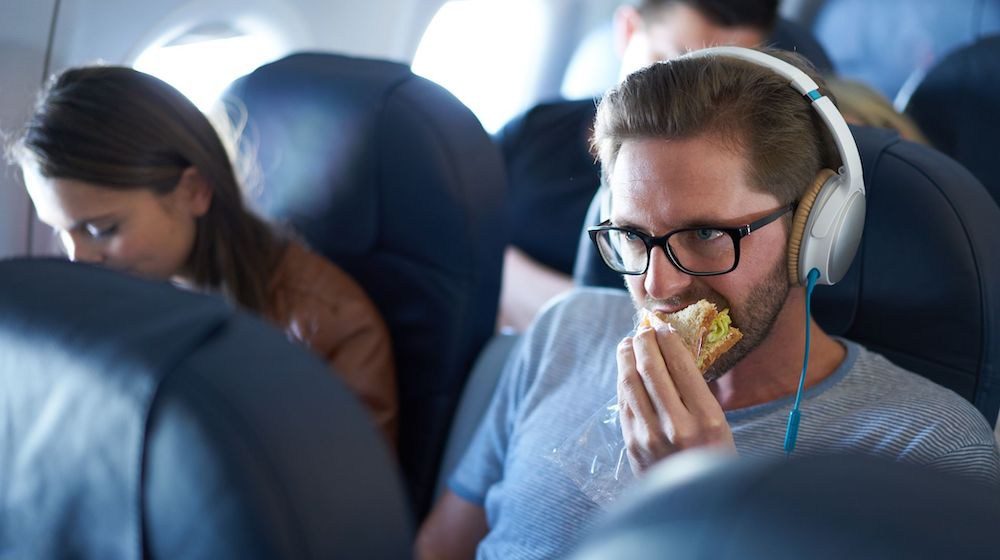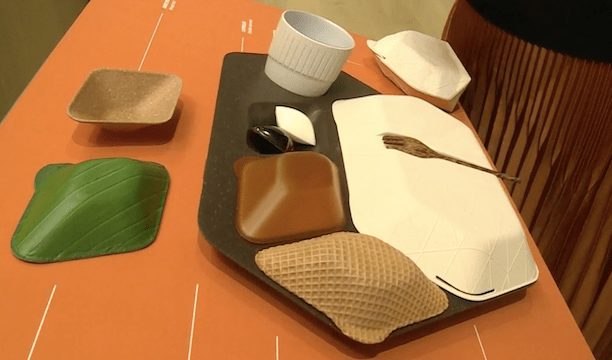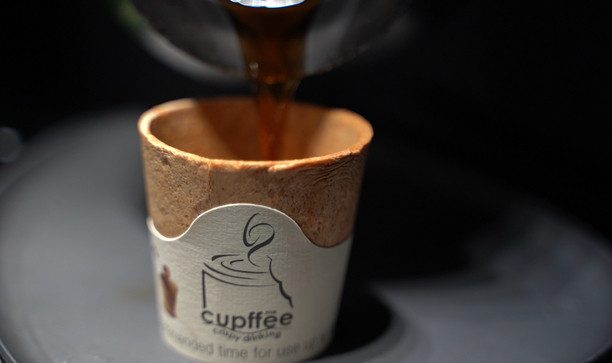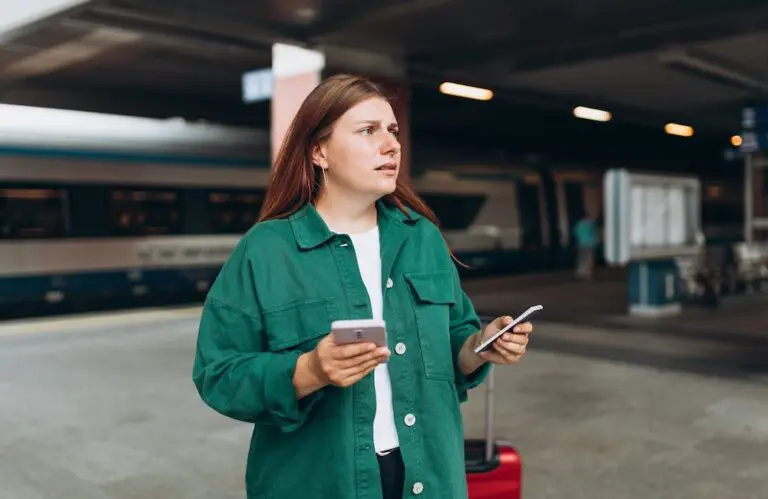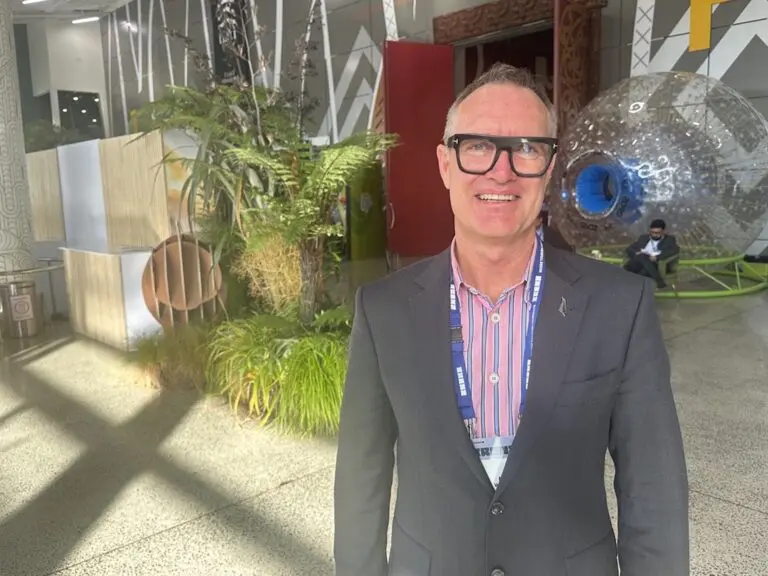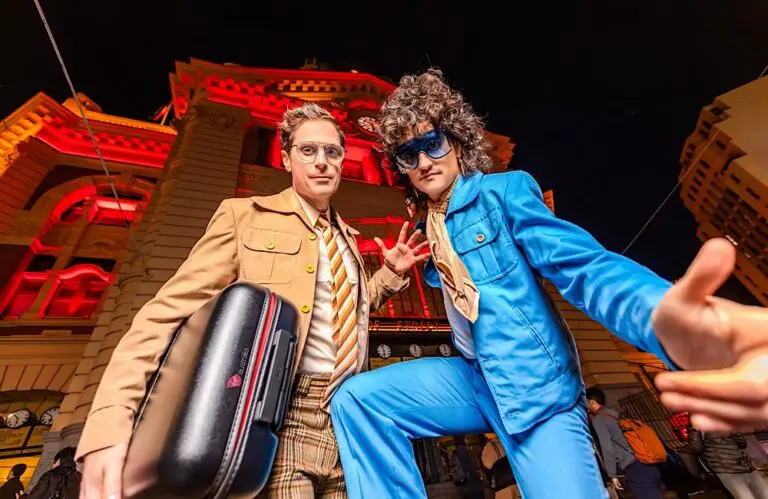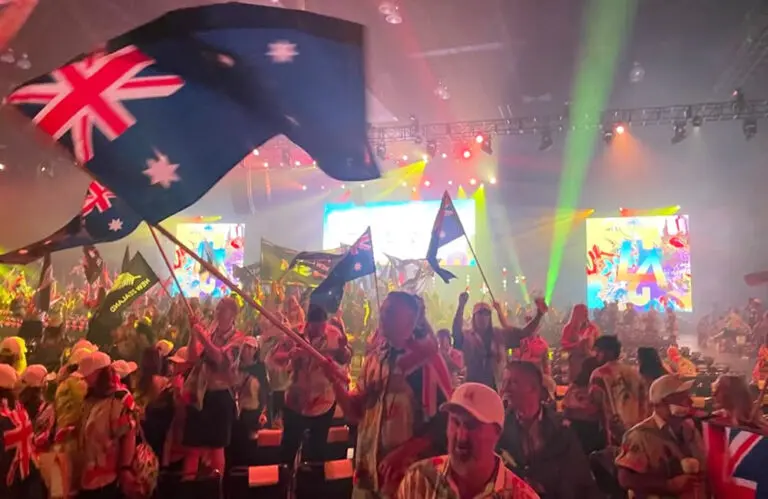You may have noticed that the minute you sit down on a plane, you start to drown in single-use plastic! But don’t fret, this inflight tray could be the future of airline dining!
From headphones to forks, blanket wrapping to the little white cup your OJ comes in. It’s everywhere.
Each year, an estimated 5.7 million tonnes of cabin waste is generated on passenger flights.
FIVE POINT SEVEN MILLION TONNES. That’s a lot, right?
Thankfully though, thanks to eco-materials and initiatives, the aviation industry is heading towards a more sustainable future and this new in-flight meal tray could be a game-changer.
Where does all the rubbish go?
‘Why doesn’t the waste just get recycled?’ I hear you say! Unfortunately, there are recycling restrictions in each country, due to differing international regulations.
For example, 90% of the rubbish that goes through London’s Heathrow can’t be recycled in the UK. Instead, it is burnt or sent to landfill, because of concerns about biosecurity.
The reason for this is because the waste may have food or liquid in it, that has been ‘contaminated’ from outside the EU. And it’s the same story around the world.
So in short, less waste is the only solution.
Tell us about this funky new inflight tray!
A new exhibition at London’s Design Museum aims to inspire us to rethink travel waste.
Design firm PriestmanGoode has worked up an environmentally-friendly version of the traditional economy meal tray.
The base of the tray is made out of coffee grains. (Because coffee really is the answer to everything!)
It uses a waffle cone for the dessert dish, and algae skins contain milk and vinaigrette.
The salad pot is made from a pressed banana leaf and the “spork” is made from coconut wood, a cheap and easily available material.
“It’s about weight as much as waste. When it comes to flying, lighter weight means less emissions”
Jo Rowan, The product’s designer
The only issue is it’s perhaps too expensive to grace the average economy flight, however, it does highlight how small changes could have a massive environmental impact.
What else are airlines doing?
We’re noticing huge shifts within the industry, with Qantas, Air New Zealand, Emirates and Etihad all committing to reduce their plastic usage.
Virgin Atlantic is putting earphones in donation envelopes and British Airways saving 30 tonnes of plastic a year by eliminating the wrapping around its amenity packs and replacing its plastic swizzle sticks with a bamboo alternative.
What can we do to help?

Every little helps. Just being conscious of what you are using is a great start.
By filling up your own water bottle, taking your own coffee cup, using your own headphones and taking an extra layer of clothing and saying no to a plastic-wrapped blanket, or doing whatever you feel you can do, you’ll be reducing your personal passenger waste.
Click here to find out more.


